Description from Africa Imports
Kuba Cloth
Kuba cloth is just starting to become popular in the United States. Using the leaf of the rafia tree, the Kuba people of the Congo first hand cut, and then weave the strips of leaf to make pieces of fabric, often called rafia cloth. There are several different sub groups of the Kuba people. Each group has different and unique ways to make the fabric. Some make it thicker, longer, shorter, or with different patches. Each patch is symbolic and many times a piece has many different meanings. When kuba cloth originated there were probably no patches used, but as the cloth is brittle it is quite likely that the patches were used to repair the frequent tears. Later, each patch developed a meaning, many patterns are uniquly arranged to tell a story. The process of making kuba cloth is extreemly time comsuming and may take several days to form a simple placemat size piece. The men first gather the leaves of the rafia tree and then dye it using mud, indigo or substances from the camwood tree. They then rub the rafia fibers in their hands to soften it and make it easier for weaving. After they've completed the base cloth the woman embroider it. They do this by pulling a few threads of the rafia fibers, inserting them into a needle running the needle through the cloth until the fibers show up on the opposite end. They then take a knife and cut off the top of the fibers, leaving only a little bit showing. Doing this hundreds of times forms a design. The designs are seldom planned out ahead of time, and most of the embroidery is done by memory.
Please visit the website for range, colours & other details.

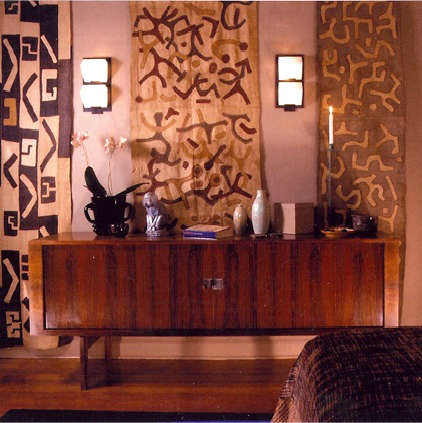
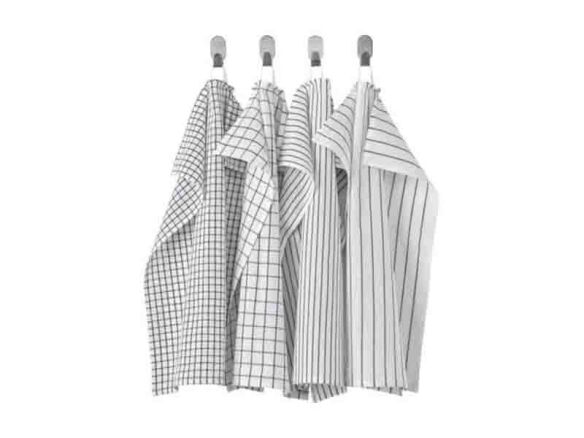

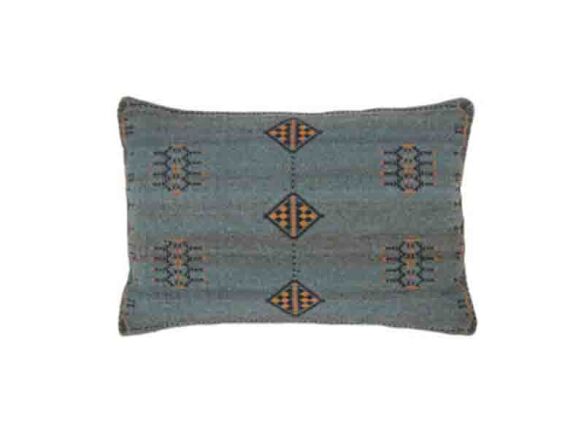
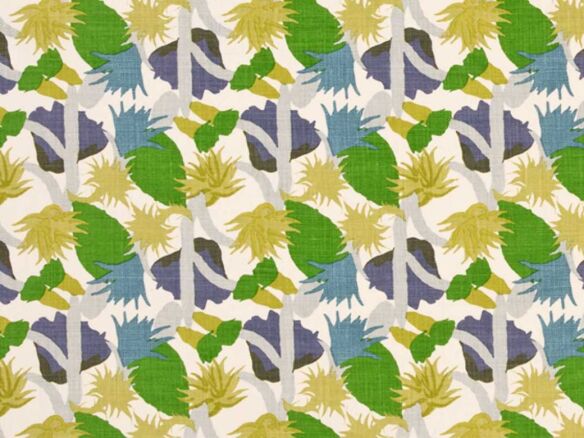
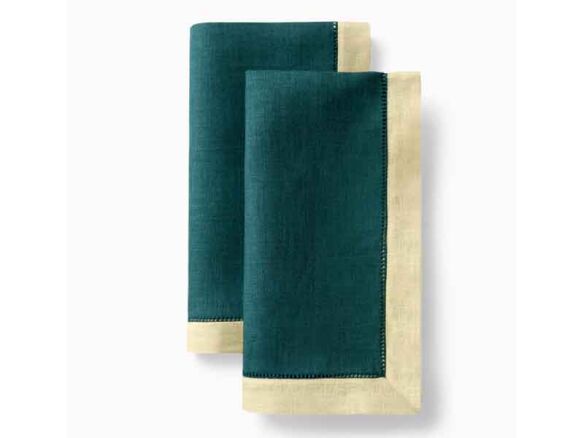
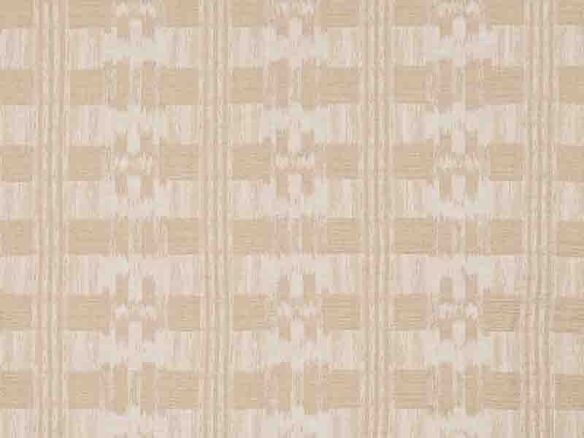
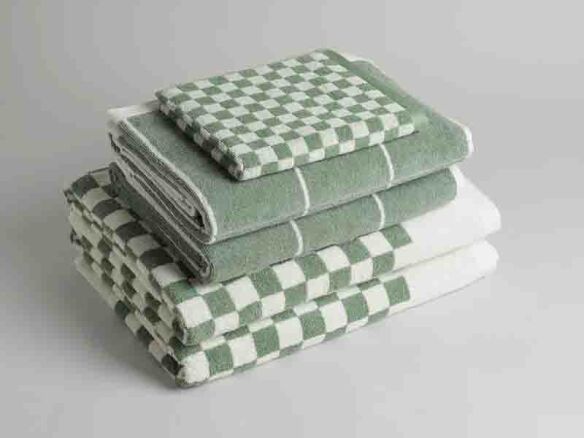
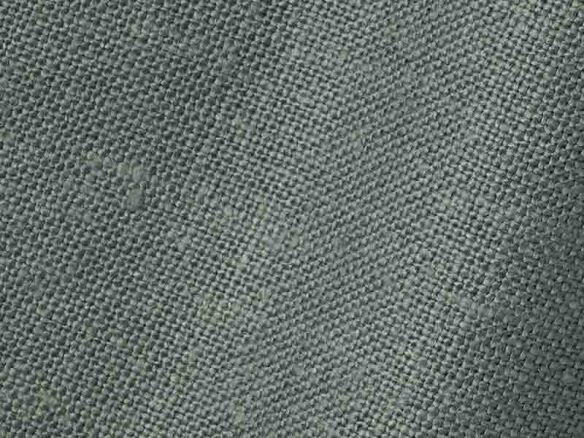

Have a Question or Comment About This Product?
Join the conversation (2)